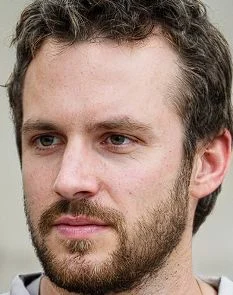Robert Kiyosaki, the acclaimed author of “Rich Dad Poor Dad,” has voiced strong criticism against educational systems that purportedly train children to value “fake money,” arguing that this approach perpetuates economic inequality. He advocates for understanding genuine stores of value, emphasizing assets like Bitcoin as a viable alternative to traditional, inflation-prone currencies. Kiyosaki’s perspective highlights a growing concern among some financial thinkers about the long-term stability of fiat currencies and the role of digital assets in wealth preservation.
Kiyosaki’s critique centers on what he perceives as an ingrained societal conditioning to prioritize employment and saving within a system susceptible to inflation. He suggests that educational institutions inadvertently guide individuals towards a path of working for depreciating currency, rather than understanding and accumulating assets that hold or appreciate in value. This, he posits, contributes to a cycle of poverty where the less affluent struggle to maintain purchasing power.
The author draws a parallel between the actions of central banks and what he terms “criminal organizations,” alleging that their monetary policies, specifically the printing of money, disproportionately benefit the wealthy. This exacerbates the wealth gap, as the inflation generated by increased money supply erodes the value of savings for the middle and lower economic classes. Official inflation figures, such as those from the U.S. Department of Labor, illustrate the tangible impact of this erosion, showing a significant loss of purchasing power for accumulated funds over time.
In contrast to the declining value of fiat currency, Kiyosaki points to Bitcoin’s performance as evidence of its potential as a store of value. Over the past five years, Bitcoin has demonstrated substantial growth, significantly outpacing inflation rates. This resilience has led Kiyosaki to accumulate Bitcoin, along with other tangible assets like gold, silver, and oil.
Kiyosaki revealed that his initial investment in Bitcoin was made when the cryptocurrency was priced at $6,000, and he now holds approximately 60 BTC. He attributes his current strategy of acquiring assets to the rental income generated from his real estate holdings. Looking ahead, Kiyosaki has previously forecasted that Bitcoin could reach $1 million within the next decade. However, he also anticipates potential market corrections in gold, silver, and Bitcoin, viewing such downturns as opportunities to increase his holdings. He has also expressed caution regarding the proliferation of ETFs, describing them as “paper assets” that could be vulnerable to market instability, despite acknowledging their accessibility for retail investors.
The phenomenon of inflation and hyperinflation disproportionately affecting purchasing power is particularly evident in countries experiencing severe economic instability. In such regions, cryptocurrencies, especially stablecoins like Tether (USDT), have emerged as a hedge against currency devaluation. For instance, in Venezuela, where annual inflation has been exceptionally high, stablecoins have become integrated into daily financial transactions, offering a degree of stability absent in the local currency. Similarly, experts like Saifedean Ammous suggest that in economies facing currency depreciation, such as Argentina, investors are likely to seek refuge in assets like the U.S. dollar and Bitcoin. Raoul Pal, CEO of Real Vision, has also advised investors to increase their allocation to cryptocurrencies and NFTs as a safeguard against the diminishing value of conventional currencies.

Tyler Matthews, known as “Crypto Cowboy,” is the newest voice at cryptovista360.com. With a solid finance background and a passion for technology, he has navigated the crypto world for over a decade. His writing simplifies complex blockchain trends with dry American humor. When not analyzing markets, he rides motorcycles, seeks great coffee, and crafts clever puns. Join Crypto Cowboy for sharp, down-to-earth crypto insights.